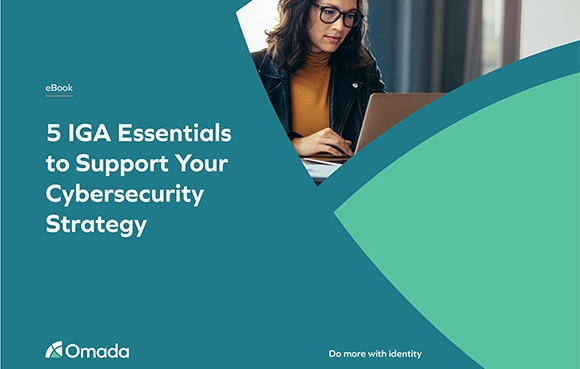Whether accidental or targeted, insider threats are recognized as one of the root causes of data breaches
Insider threats cover a wide array of cyberattacks initiated by someone inside the traditional security perimeter, and these are enforced by firewalls and intrusion prevention systems. Yet despite being recognized as one of the root causes of data breaches many organizations still neglect this type of risk. Read our tips for preventing insider threats and keeping your organization secure.
While external attacks are nearly always intentional, insider attacks can either be an unintentional breach caused by accident, or an intentionally targeted attack of an individual or an organization due to malicious intent. Human error, negligence, compromised credentials, loss of devices, or broken IT processes leading to ‘workarounds’ put the organization at risk, and can cause harm to both reputation and a company or institution’s bottom line.
Insider Threats are Still Neglected
Organizations tend to be better at providing protection against external cybersecurity threats rather than focusing on internal threats according to reports. As a consequence, this exposes IT systems to internal vulnerabilities – despite being recognized as a serious threat.
The insider threat can be prevented but, to do so, organizations need to apply robust processes to gain better control over:
- what employees have access to,
- why they need that level of access;
- and who assigned it to them.
An organization needs to know its joiners and leavers, and those transferring within the organization, and apply policies to ensure access compliance. The combination of such processes and access policies means you always have a transparent overview of access to the systems and applications your organization uses. These help keep potential security gaps closed. This will enable you to act quickly if a data breach does happen, which is also crucial for maintaining regulatory compliance such as GDPR.
How the Insider Threat Differs from the External Threat
Unlike external hackers, insiders do not need to infiltrate the perimeter defenses, such as firewalls and intrusion prevention systems.
In fact, the insider threat could be anyone who has (or has had) access to the system, such as full-time employees, contractors, partners, or those who have left the organization but still have active accounts.
The damage could be caused by accidental access if:
- someone happens to come across some information that they probably should not have access to,
- negligence, where an insider failed to adhere to policies that were in place to prevent them from accessing sensitive data, or;
- malicious intent when somebody actively sets out to steal data or bring down systems.
Balancing Robust Security and User Efficiency
Protecting critical assets against insider threats is a balancing act. An organization must lock down systems so employees and other insiders cannot get access to information outside of their remit, while also allowing users sufficient enough access so that they can do their jobs unhindered. Implementing a robust identity and access management solution, combined with rigorous enforcement of policies and procedures, will ensure that business operations are able to continue without exposing the company to unnecessary risk.
Learn more about Identity Governance and Administration
Identity governance can help your organization keep insider threats at bay. Find out more about how you can bring your identity management and access governance to match your evolving needs. Get in touch with us to learn more about our IGA solution and how we have helped organizations like yours.




























